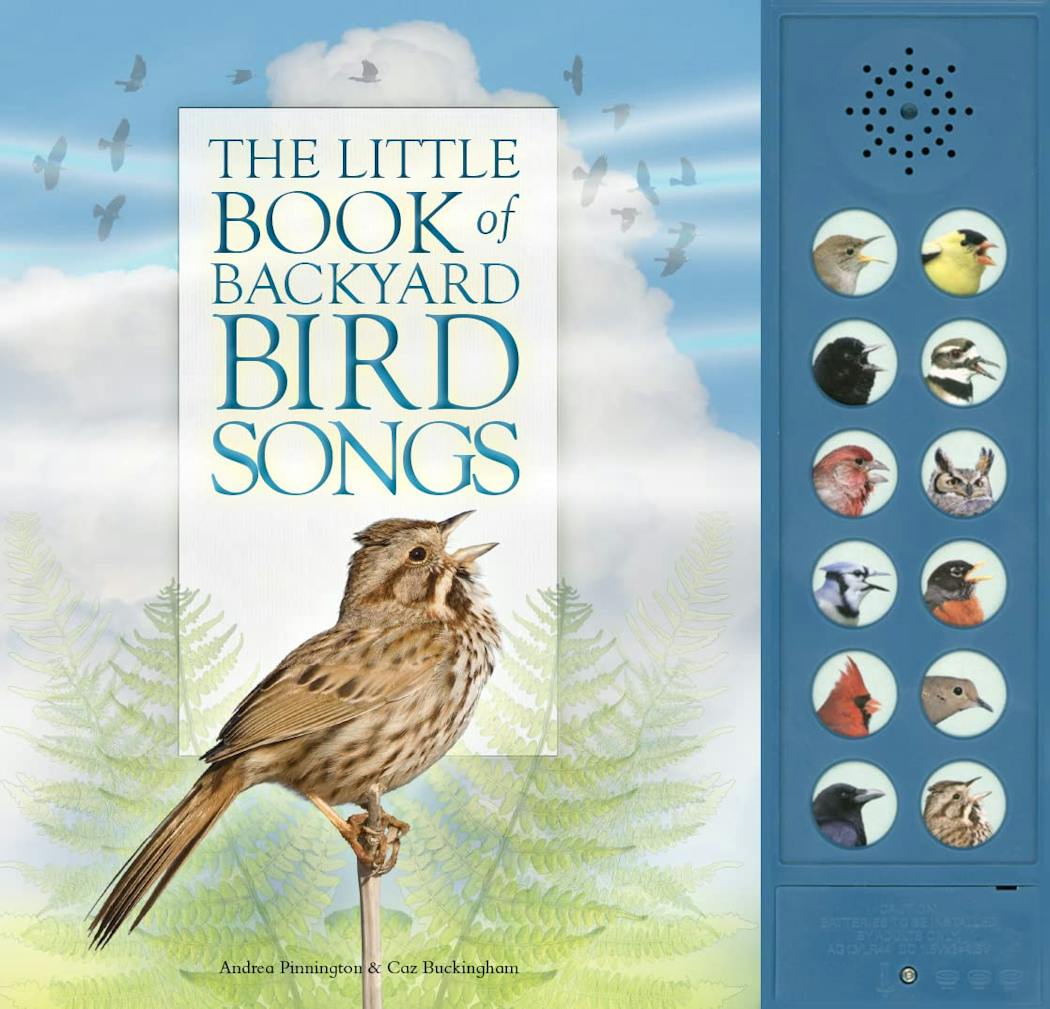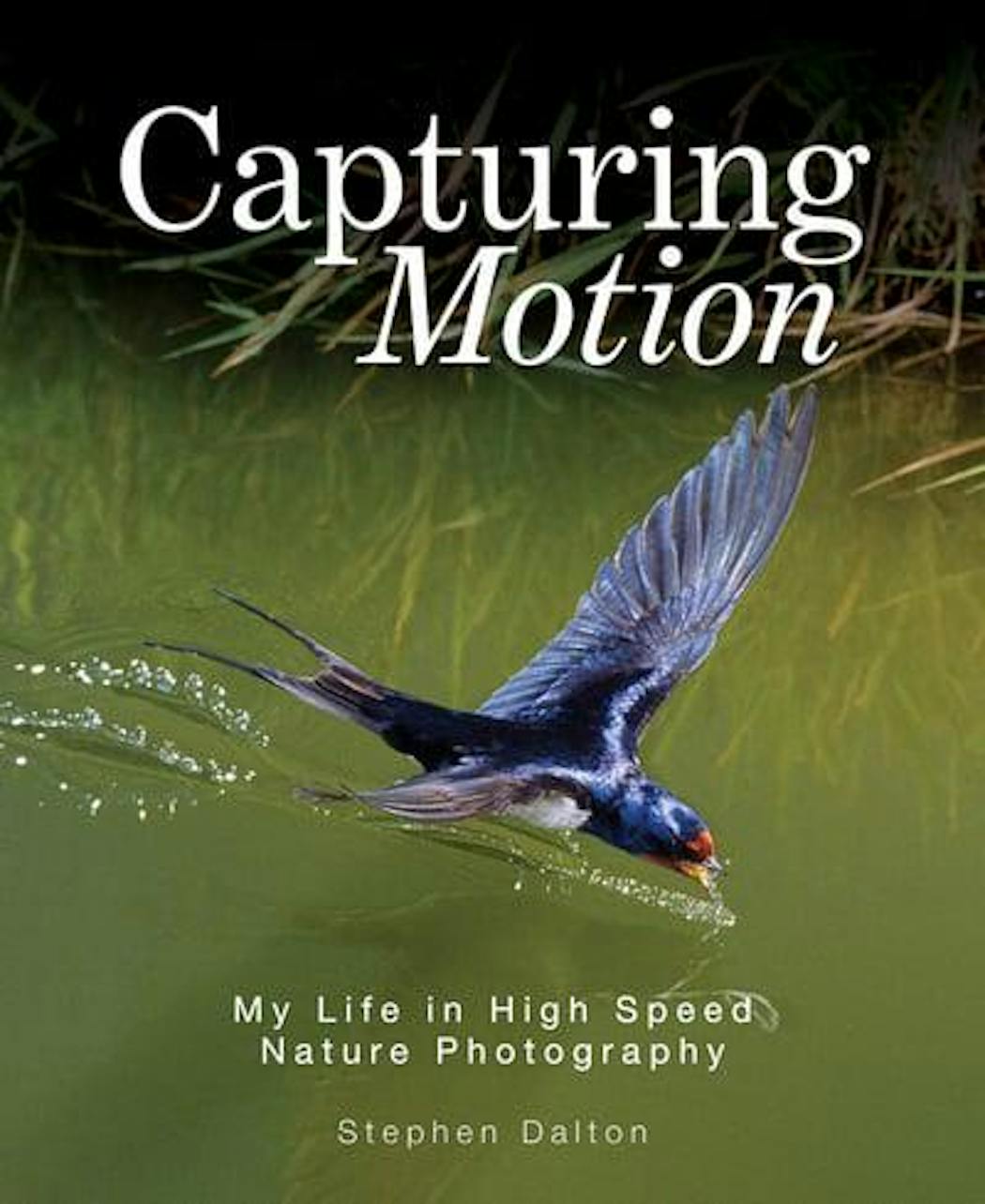A new challenge: IDing bird nests
There is a new book in the Peterson field guide series — a guide to North American bird nests. It would be a useful addition to your birding book shelf. There is detail on appearance of nests plus info on where to look for them.
Some nests are obvious, their owners equally so. Think osprey, oriole, barn and cliff swallows, herons and Canada goose. Now consider field sparrow, Eastern towhee, yellow warbler, and so on.
The book will help you identify the nests — if you can find them. Large-raptor nest placement is one thing, songbirds quite another.
There are 500 pages covering several hundred bird species. Paging through the book to match a nest photo with what might be the real thing, well, I think that would be a fruitless task in too many cases. So, start with the book's text description of 23 basic nest types, helpfully narrowing your field.
This guide makes ID not always easy but certainly easier. Nest identification can add a new dimension to your birding.
Soft-cover, heavily illustrated with photos, small range maps, index and front-of-the-book text that offers information helpful to your birding in general. $24.99.
Bird books with song
If a picture is worth a thousand words, how about recorded bird song?
Two recently released children books, with the thousand-word pictures, also have recordings of songs, a perfect way to connect what birds look like with what they sound like.
Each book has 12 bird species, one set of backyard birds, the other of woodland birds. The "Little Books of Bird Song," from Firefly, come with replaceable batteries. With sturdy pages and a boxlike binding, they should last for more than one season. Price is $19.95 each.
Adults might find these helpful, too. Twenty-four species are just enough for a good beginning to song recognition.
A pioneer birder
The state bird club, the Minnesota Ornithologists' Union, annually presents the Thomas S. Roberts Memorial Award for lifetime achievement to someone who has contributed significantly to birding in Minnesota. The award is named for someone whose contributions to birding continue today from his arrival here in 1867.
Foremost, Roberts founded the Bell Museum of Natural History.
One of Minneapolis' most popular birding places is named for Roberts: the sanctuary tucked between Lakewood Cemetery and Lake Harriet.
And Roberts' two-volume set "Birds of Minnesota," once the birding bible here, remains an important and very collectible source of information.
Roberts' life is chronicled in a book newly issued in paperback, "A Love Affair with Birds: The Life of Thomas Sadler Roberts" by Sue Leaf, University of Minnesota Press, softcover edition, $16.95.
Roberts was a busy and accomplished man — medical doctor, author, curator, educator, conservationist and pioneer birder. All of this is captured in Leaf's engaging story of the man, his times and the development of birding in Minnesota.
Leaf, trained as a zoologist, is author of four other books exploring Minnesota history and the people who made it. She is a winner of the Minnesota Book Award. She is president of the Wild River Audubon Society of east-central Minnesota.
High-speed nature photos explained
"Capturing Motion" is about photographing flying creatures, from birds to bugs. Author Stephen Dalton, an Englishman, is a pioneer in high-speed nature photography. He has spent a career of more than 40 years perfecting his technique and equipment choices.
Here he explains in detail his photo assignments and equipment used. He does not travel light. This is not a how-to as much as a demonstration of what skill and patience can accomplish. Dalton's work is extraordinary.
I was pleased to read about his concern for his subjects, birds in particular. He does not want to disturb his birds, particularly while they are on the nest. He understands that some birds never return to a nest of eggs or babies if they are frightened away. And he knows that the margin for error is small. Perhaps we can't duplicate his photo mechanics, but we can understand how easy it is to make the bird pay for the photo.
This is a Firefly book, large format, hardcover, 192 pages, extensively illustrated, with index. Price is $35.





